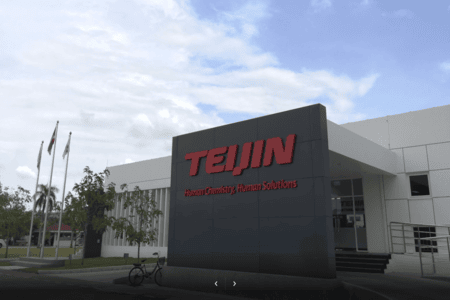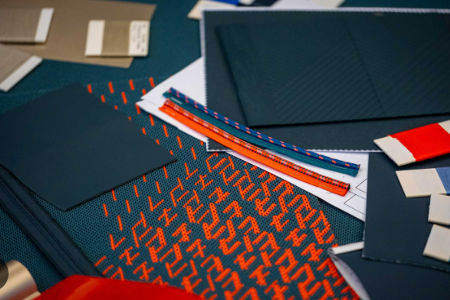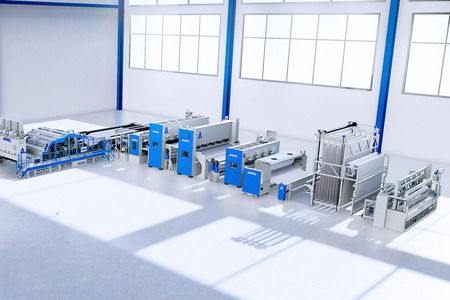
Researchers develop sustainable dye removal technology
YarnsandFibers News Bureau 2024-10-24 10:37:30 – JapanResearchers at the University of Fukui in Japan have optimized a decolorization process called supercritical fluid dyeing, which uses supercritical carbon dioxide (CO2) to penetrate fabric fibers and efficiently remove dyes. The extracted dyes can be reused, and the fabrics can be redyed, making this process environmentally friendly.
Led by Professor Kazumasa Hirogaki and Visiting Professor Teruo Hori, the research has successfully improved this process to minimize environmental impact. The study is an extension of the NEDO Feasibility Study Program and the JST COI-NEXT Program, which focuses on collaboration between industry and academia.
The process involves creating supercritical CO2 fluid inside a heated and pressurized vessel, where it is mixed with a decolorizing agent before being applied to the dyed fabric. By using a decolorizing agent with a solubility parameter between those of the dye and fabric, efficient dye removal is achieved. Based on this concept, three methods of decolorization are proposed, each tailored to different textile and dye characteristics.
The first method, solvent trapping, dissolves the dye in supercritical CO2 and traps it in a solvent at the bottom of the vessel. In the second method, solid trapping, an adsorbent or processing body is used to capture the dye after it has been extracted by the supercritical fluid. The third method, the homogenous method, dissolves both the decolorizing agent and the extracted dye completely within the supercritical fluid.
These methods have shown remarkable success, achieving a dye removal rate of over 90-100%, particularly effective on polyester fabrics. Furthermore, the process allows for the reuse of the processing liquids, dyes, and decolorizing agents.
Market Intelligence
Ask for free sample Report

experience
Customer Base
dedicated team
Countries Served Worldwide









